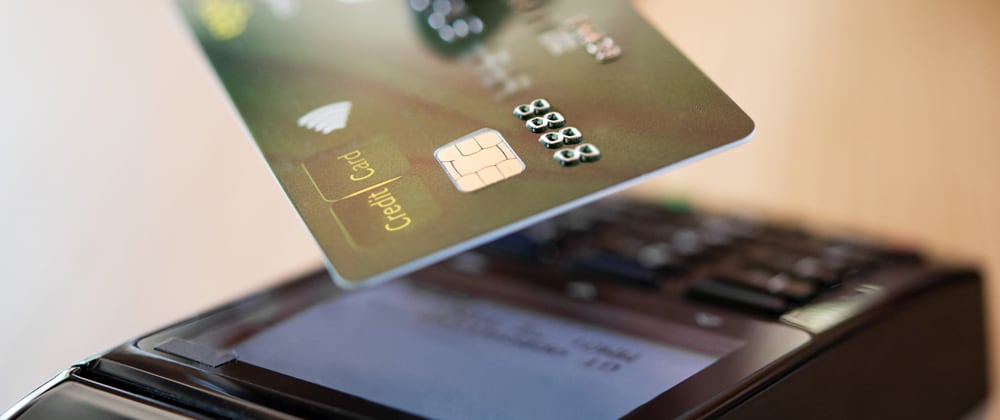What is a Contactless Credit Card?
Contactless technology is a form of communication technology that allows a cardholder to complete a transaction by simply holding or tapping their debit or credit card on a contactless-enabled card reader. The system uses near-field communication (NFC) – a short-range wireless technology that allows for instant data transmission among devices that are several centimeters apart. The technology is based on radio-frequency identification technology (RFID), which is also integrated in public transportation passes and security systems. Contactless cards also usually come with an EMV chip and the usual credit card number, expiration date, security code, and magnetic stripe (Coincidentally, the magnetic stripe is gradually being phased out. However, contactless payments are up to 10 times faster than swiping the magnetic stripe, inserting the EMV chip, or using cash. Plus, it keeps your information secure and your hands off the card reader.
With the rise in wireless technology and the popularity of smart devices, consumers can also connect their credit cards to a smart device to pay using the contactless system. This is done by customers pushing their credit and debit cards directly into a digital wallet such as Apple Pay.
Contactless technology is one of the most important technologies we utilize daily in our hybrid world that interconnects physical and digital experiences. In fact, as of 2021, there were over 300 million contactless credit cards enabled according to Visa Navigate’s report. The contactless card market grew by 150% from March 2019 to March 2020. This growth can be attributed to the fact that 58% of contactless credit card consumers said they’ve used their contactless cards more during the pandemic, and 80% of merchants say they encouraged their customers to pay via contactless methods, per a recently released American Express survey.
Fact: Contactless credit cards are a secure form of payment.
As user adoption of contactless payments grows, it’s natural to be concerned about security. Yet, while all payment methods have potential vulnerabilities, contactless credit cards are equipped with the same level of security features as any other payment method, and they are better able to integrate with the latest security features being introduced to the financial market.
Fact: Best practices have been established for contactless card security.
- Ensure all transactions are encrypted: The private key/certificate used by the card to sign the transaction is never transmitted during the transaction and cannot be accessed. The private key/certificate is protected and encrypted on the card itself and the merchant does not receive sensitive data. Instead, a hash/encrypted number is passed to the merchant.
- Follow all PCI Security Standards: In December 2019, the PCI Security Standards Council released a new standard to secure contactless payments on commercial off-the-shelf devices called PCI Contactless Payments on COTS (commercial off-the-shelf). The PCI CPoC initiative is to enhance global payment account data security by developing standards and programs that support secure payment acceptance in new and emerging payment channels. Merchants and acquirers can use the validated CPoC Solutions to identify contactless acceptance solutions that have been developed and lab-tested to protect payment data.
- Consider multifactor authentication (MFA) implementation: By creating a system that seamlessly connects your physical contactless credit card and your app, you can let your consumers instantly authorize a transaction with their contactless credit card by clicking a button on the dedicated mobile app. Entrust is ready to enable you to build a payment card ecosystem where your physical card and digital card programs meet your consumer needs.
Fact: The future looks bright for contactless credit cards.
The COVID-19 pandemic accelerated a contactless card trend that was already underway, and this pandemic-driven boost is likely to be sustained beyond 2022 far into the future. With consumers becoming more accustomed to contactless payments and the advantages they offer and merchants more willing and able to accept them, the pandemic-driven shift toward contactless is likely to represent a sea of change; payment habits formed during the pandemic are likely to continue, as more consumers discover the benefits of contactless payments. As a result of this shift, there will likely now be increased demand for contactless payments across all mechanisms going forward. Juniper Research anticipates that this growth trend will continue, anticipating more than 60% growth in contactless card issuance between 2021 and 2026.
Learn more about how Entrust can enable your contactless credit card program.



